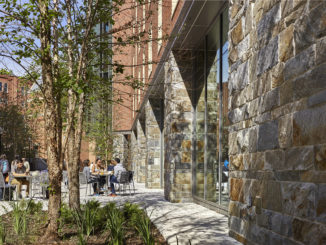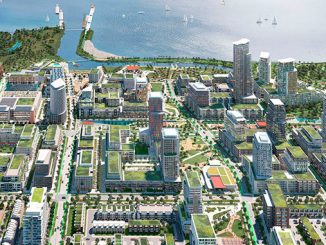By Ian Scherling, Rawan Al-Saffar, & Elaine Stokes – Sasaki
With Jack Rosenberger – Virginia Tech
Universal Design and Public Health
Landscape architects have long championed access to public parks, university campuses, and open spaces. Now, more than ever, the public at large is joining in the chorus. The coronavirus pandemic has brought with it an acute awareness that open spaces are essential pieces of public infrastructure; however, many of the public spaces we need so desperately in these times are not accessible for all.[1]
Before the Americans with Disabilities Act (ADA) was passed 30 years ago, little consideration was devoted to accessibility for people who have a physical or cognitive disability, and many spaces designed before the ADA continue to pose challenges for millions of Americans today.
Universal access is a critical public health issue. Landscape architects need to recognize that just as it is our collective societal responsibility to wear masks during this pandemic, it is our collective professional responsibility to ensure that spaces are designed for all. This requires us to reconsider the accommodations we need to provide in our designs to create truly equitable environments.
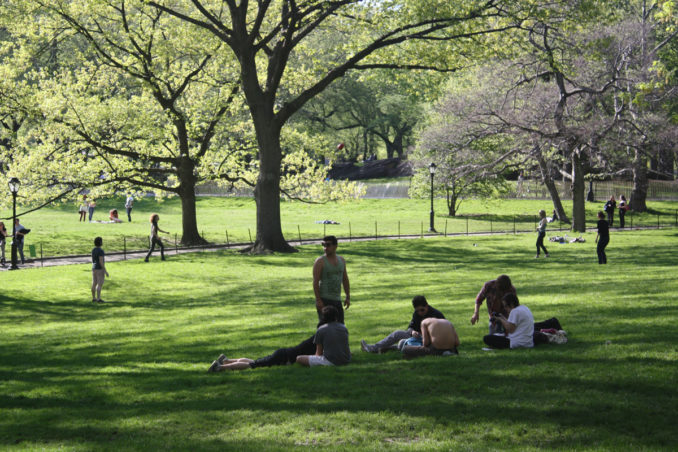
Universal Design and Social Justice
As we look at the future, trends show that an increasing proportion of the population will experience a disability in some shape or form. In fact, 2 in 5 adults age 65 years and older have a disability,[2] and this number will increase as the overall American population ages due to longer life expectancy and reduced mortality rates.[3] Simply put, landscapes should be designed to better accommodate this broad and expanding spectrum of users.
Universal design informs how designers and planners can accommodate a spectrum of human needs, while shifting our understanding of a disability: rather than considering it a fixed state experienced by a minority of the population, we begin to understand it as an evolving state that the entire population experiences at some point in their life.
What is more, we must understand universal design as a social justice issue. The disability rights movement, which gained momentum in the 1970s, was built on the precedents set by the Civil Rights Act of 1964.[4] The main arguments of the disability rights movement have been against paternalism and towards independence and equity.[5] These arguments are based on a social model of disability that emphasizes that disability-related problems stem from an inaccessible social structure, as opposed to the disability itself.[6] Design is a powerful tool for the creation of more equitable and inclusive spaces. As designers, we need to design not only to address diverse needs, but also to enable experiences that promote a sense of individual independence and dignity for all users.
Reimagining Educational Environments
College and university campuses present an opportunity to be an outdoor classroom: that is, a platform to educate students, the campus community, and the public at large on what equitable, inclusive, and empathetic landscapes should look like.
Virginia Polytechnic Institute and State University (Virginia Tech) has been an innovator since its establishment as a land-grant university. Today, Virginia Tech continues its commitment to innovation in its educational and physical environment through the advancement of universal design principles in its master planning and landscape architecture efforts.
“Advancing accessibility on Virginia Tech’s physical campus is key to ensuring a welcoming, affirming, safe, and accessible campus climate more broadly,” saysJack Rosenberger, the university’s Campus Landscape Architect. “A multi-pronged effort is required to achieve this goal within the campus’s built environment.”
Virginia Tech’s campus is nestled in the Appalachian mountains, which presents a significant challenge to accessibility given its steep terrain, and in turn requires a creative approach to creating a barrier-free environment. The university’s commitment to equity in campus design goes beyond meeting the basic requirements of ADA, and instead asks how to create a singular and universal experience of the campus so that people with disabilities have the same quality of experience as their non-disabled peers in their education both inside and outside the classroom.
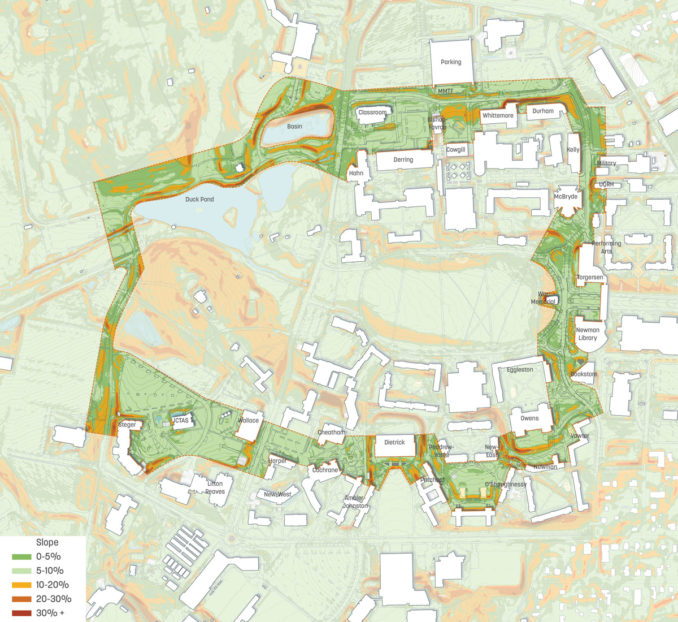
Image Credit: Sasaki
Virginia Tech is collaborating with Sasaki to develop two concurrent landscape projects—the Infinite Loop and the Green Links—that center universal design at the heart of the design. Together, these projects reimagine over five miles of walkways on campus while also reconsidering the quads and open spaces they pass through. The design challenges are both technical and cultural and require a wholesale reimagination of the mobility experience. By deploying universal design strategies at this scale, the team hopes to set a high standard for ADA in other challenging contexts—both on-campus and off.
“Removing barriers—such as curbs, stairs, and non-compliant sidewalks—and replacing them with paths that can be utilized by the entire campus population makes for a more accessible physical environment for everyone,” adds Rosenberger. “Planning studies like the Infinite Loop and the Green Links help us envision a hopefully not-so-distant future where the majority of our campus users can enjoy a barrier-free mobility network.”
Updating the Landscape Toolkit
In order to create spaces and paths of travel that invite everyone to move freely, together, Sasaki developed the following strategies at Virginia Tech:
Ensure the most desirable, direct path of travel is always accessible. Throughout the Infinite Loop and the Green Links, main pathways are gently sloped, staying at or below a five percent grade. Additionally, careful analysis of desire lines paired with regrading of pathways achieves circulation routes that are direct and gradual. This provides an opportunity to reimagine the landscape experience of over 15 percent of the campus.
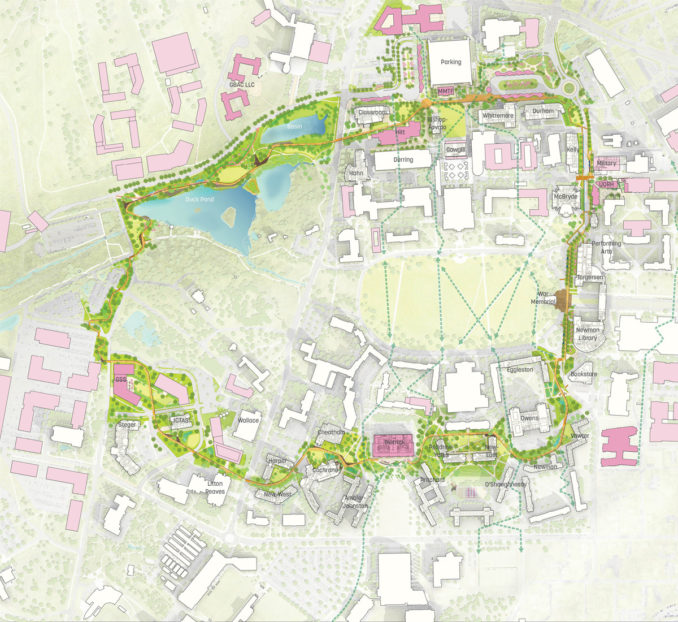
Image Credits: Sasaki
Embed multiple methods of wayfinding in the design. Coordinated lighting, paving materials, and furnishings establish visual continuity throughout the projects. Furthermore, the Infinite Loop is tied together by The Ribbon, a continuous band of paving that extends the length of the project. The Ribbon is a unique grooved granite detectable paver, whose texture and dark tone contrast with other paving materials, providing guidance for people with low vision or blindness.
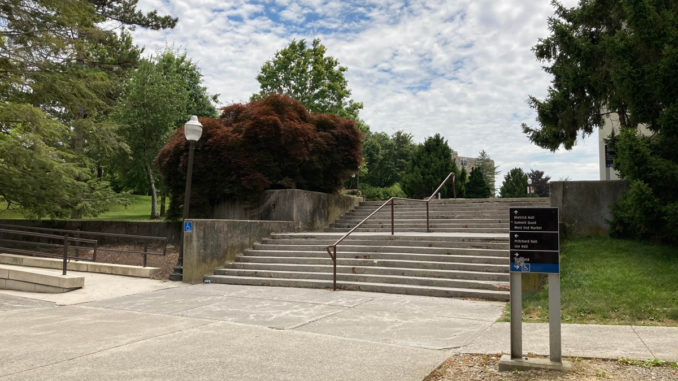
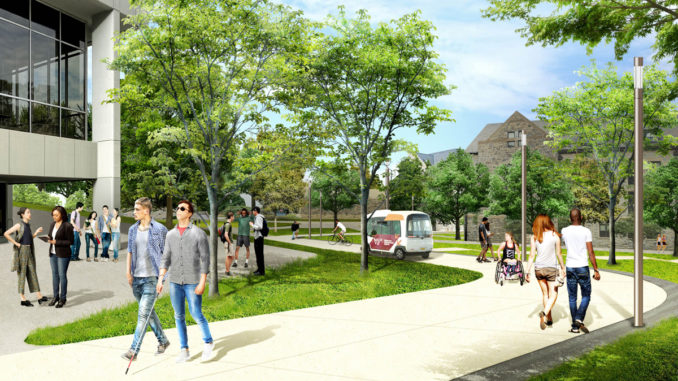
Image Credits: Sasaki
Provide frequent seating areas and enhanced resting spots for those who cannot travel long distances. All seating areas are designed for those with mobility challenges including wheelchair users. Wooden benches include backs and armrests. Power and wifi access is provided at every major stopping point along the Infinite Loop, offering additional amenities to encourage social interaction, dining, and working.
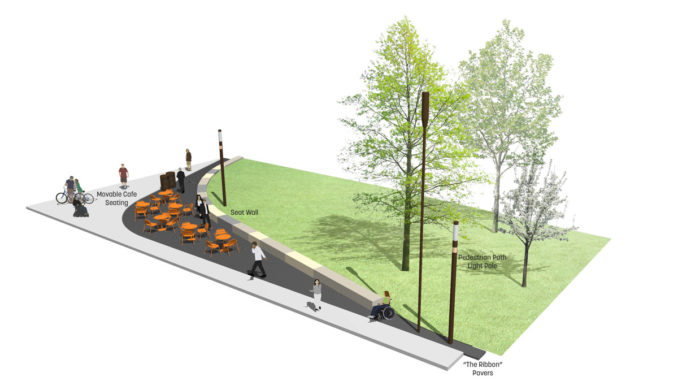
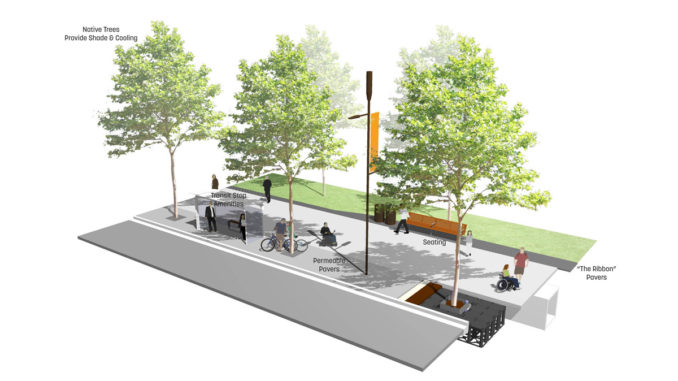
Images Credit: Sasaki
Common Ground
Using these design methods, we can achieve a new, implementable landscape standard across Virginia Tech’s campus that celebrates equity and enjoyment for people of all abilities while still highlighting the unique qualities of the place. When entering a college or university campus, landscapes are the first thing people encounter. If we can make these landscapes accessible to everyone, we have the opportunity to shift the reputation of higher education from an ivory tower to a common ground, welcoming to all.
[1] Julia Africa, Cheri Ruane, Gary Hilderbrand, and Chris Reed, “Parks are essential — especially during the coronavirus pandemic,” Boston Globe, May 6, 2020, https://www.bostonglobe.com/2020/05/05/opinion/parks-are-essential-especially-during-coronavirus-pandemic/.
[2] Centers for Disease Control and Prevention, “Disability Impacts All of Us,” CDC website, page last reviewed September 9, 2019, https://www.cdc.gov/ncbddd/disabilityandhealth/infographic-disability-impacts-all.html#:~:text=61%20million%20adults%20in%20the,is%20highest%20in%20the%20South.
[3] The Institute for Human Centered Design, “History,” IHCD website, last accessed August 24, 2020, https://www.humancentereddesign.org/inclusive-design/history.
[4] US Department of Justice, “Introduction to the ADA,” ADA.gov, last accessed August 24, 2020, https://www.ada.gov/ada_intro.htm.
[5] For more information on the history of the disability movement: Maya Sabatello. “Chapter 1. A Short History of the International Disability Rights Movement.” Human Rights and Disability Advocacy, doi:10.9783/9780812208740.13.
[6] John Swain, et al., Disabling Barriers – Enabling Environments. SAGE, 2014.


